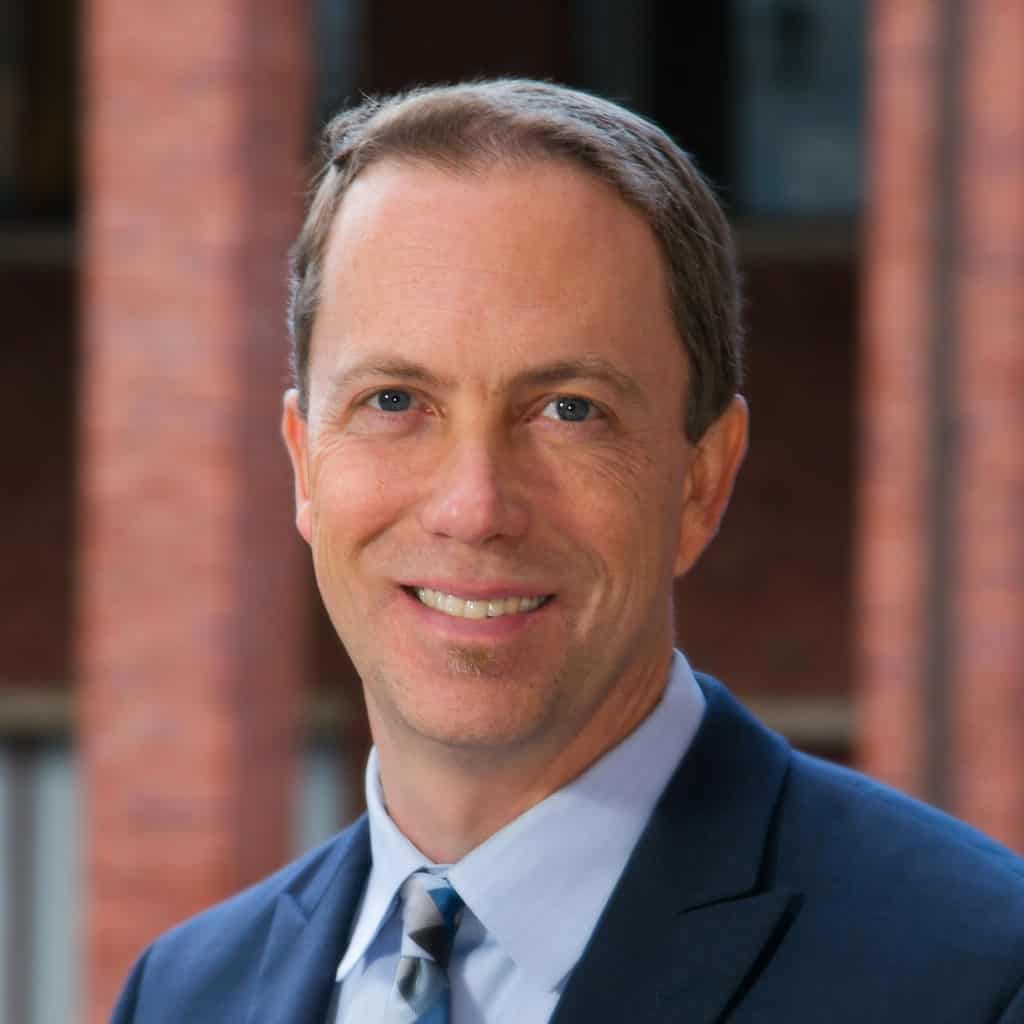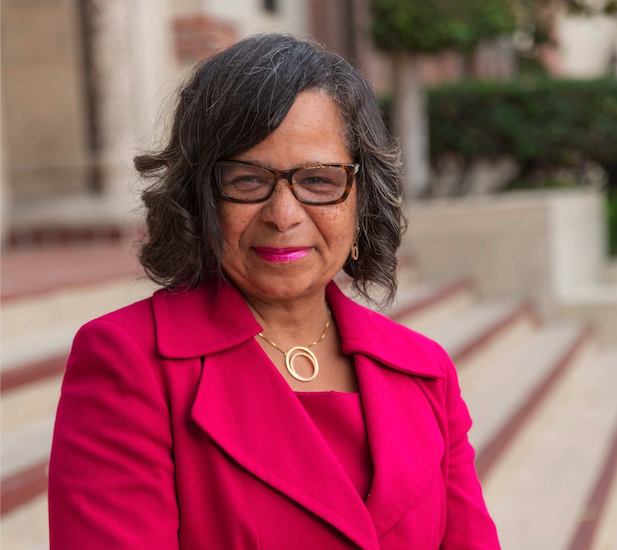By Eric Ruble
- 73% of households in South and Central L.A. are rent-burdened
- Discriminatory policing has limited economic growth
- Metro’s new Crenshaw Line spurs cautious optimism
Thirty years ago, the eyes of the world were on Los Angeles as it grappled with the killing of 15-year-old Latasha Harlins and the beating of Rodney King. It became known as the 1992 L.A. Uprising, and although some progress has been made, the issues of systemic racism, over-policing and economic inequality remain critical concerns.
In the decades since the uprising, the demographics of South L.A. have also changed dramatically. An influx of Hispanic residents, which began before the uprising, eventually transformed South L.A. into a two-thirds Hispanic-majority community, according to research from USC Dornsife.
What remains unchanged, however, is the lack of economic opportunity in the area.
Two USC Price School of Public Policy professors weighed in on the barriers to economic growth, the policies that could combat them and how local organizations are fighting for tangible change.

Longstanding barriers to prosperity
Professor Gary Painter, chair of the Price School’s Department of Public Policy and director of the Price Center for Social Innovation, says that while obstacles to economic growth are complex, certain patterns are clear.
Angelenos in South L.A. are more likely to experience rent burden, or using more than 30% of one’s income for housing. A 2019 study co-authored by Painter surveyed 800 Central and South L.A. residents about housing costs. It found 73% of households are rent-burdened – a much higher rate than other parts of L.A. Black and Hispanic people are the most likely to be financially strained. Painter added that while household incomes have increased, so have household sizes. He says to reduce rent burden in South L.A. and elsewhere, the simplest solution is boosting supply.
“If we build more housing throughout the L.A. region, that is going to reduce the pressure on rents,” Painter said.
Dr. LaVonna Lewis, USC Price professor and Associate Dean of Diversity, Equity and Inclusion, says people in South L.A. often have innovative ideas, but lack the capital to implement them.
“It’s hard to build wealth in that kind of environment,” she said.
Lewis also noted that there have been instances when the innovation and the capital were aligned, but the will to provide political or institutional support was lacking.

Painter says discriminatory policing has also prevented economic growth, as having any kind of record with the police can create tremendous barriers to securing employment and housing. A USC Price study co-authored by Painter found that the Los Angeles Police Department consistently stopped more people in South Los Angeles than in other parts of the city.
“If you’re Black, you’re much more likely to be stopped by police within any neighborhood in Los Angeles,” he said. “We found in our research that even if you’ve never been convicted of a crime, just being arrested can still trigger background checks, which becomes a barrier to employment.”
Reframing the 1992 narrative
On Feb. 15, the USC Price Safe Communities Institute hosted a discussion about the lasting policy impact of storytelling and media. The panel was moderated by Dr. Erroll Southers and included King’s daughter Lora King, Harlins’ cousin Shinese Harlins-Kilgore, USC Center for Religion and Civic Culture Assistant Director of Community and Public Engagement the Rev. Dr. Najuma Smith-Pollard, and USC Annenberg professor and journalist Dr. Allissa Richardson.
Richardson said reframing the narrative around policing is a necessary step toward changing policy. She believes the media must provide context about non-white communities and the problems they have faced for generations.
“Instead of just showing this person dying over and over and over again, or being beaten over and over and over again, let’s make the city a character. What structural [and] systemic issues have been going on for years – since the days of redlining – that have gotten us to this place?” she said. “That’s something a lot of journalists are starting to pick up on now and do more of.”
Smith-Pollard said teaching people how to tell their stories is also needed, and it is a key part of the Center for Religion and Civic Culture’s work.
“If I own my narrative, then you don’t get to tell my story and shape it the way you want,” she explained. “Storytelling has shaped policy. When our stories are told with a certain bend, it moves policy in a certain bend.”
Another significant barrier to economic growth is poor transportation infrastructure. However, Painter says there is reason for hope due to the new Crenshaw Line, set to open later this year. In December 2018, Painter published research alongside USC Price Professor Marlon Boarnet showing the line will improve job access.
Still, Painter said it will be critical to maintain existing bus routes after rail service begins.
“One of the things on the transportation side that we actually need to fight for from a policy standpoint is that when the Crenshaw Line is put in, you don’t reduce transit accessibility in other parts of South L.A.,” he said.
Preventing displacement will be another challenge when the line opens. Lewis says this can already be seen in neighborhoods like West Adams following the expansion of the Expo Line.
“There definitely is energy. It just remains to be seen whether those turn into opportunities for Black and brown folks,” she said.